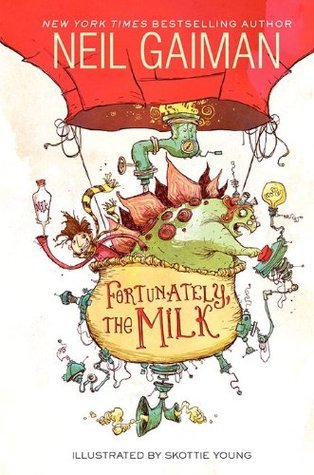
Backyard Book Club: Fortunately, the Milk Overview
For a fun, fast book club pick, it would be hard to beat Fortunately, the Milk by Neil Gaiman. Even our littlest members were able to finish this one, and there was plenty for the big kids to enjoy too. (Click here for the book spotlight with online resources and other ideas. As usual, we started with […]
See more
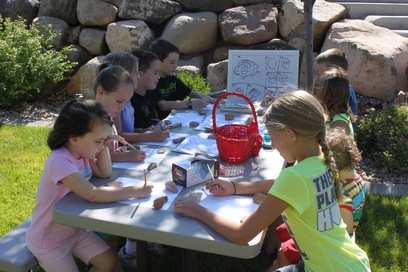
Backyard Book Club: Sketch Journal
Our Backyard Book Club read The Ellie McDoodle Diaries: Have Pen, Will Travel…so of course we had to learn how to start our own sketch journals! The first thing we tried was drawing Ellie from the step-by-step instructions in the book. (If you look closely at the photo above, the Ellie on the whiteboard was drawn […]
See more
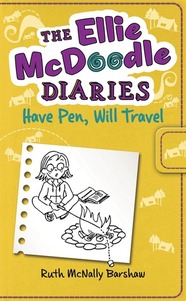
The Ellie McDoodle Diaries: Have Pen, Will Travel
About the Book: One girl. One sketchbook. One week with the world’s most annoying relatives. When Ellie McDougal’s parents go out of town, she’s forced to go on a camping trip with her aunt, uncle, cousins, and baby brother, Ben-Ben. Ellie can handle mosquitos and poison ivy, but sharing a cabin with her crazy relatives? No […]
See more
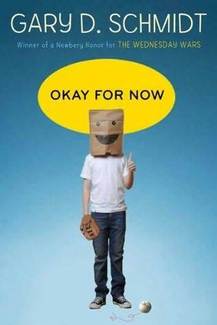
Okay for Now
About the Book: As a fourteen-year-old who just moved to a new town, with no friends and a louse for an older brother, Doug Swieteck has all the stats stacked against him. So begins a coming-of-age masterwork full of equal parts comedy and tragedy from Newbery Honor winner Gary D. Schmidt. As Doug struggles to be […]
See more
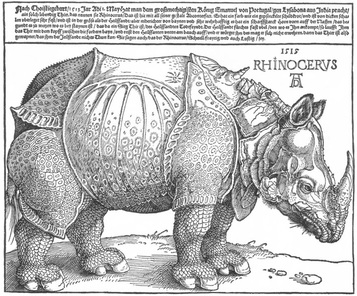
Drawing Like Dürer
I’m so excited for this week’s art activity! This activity was created by a very good friend of mine, Rosalyn Eves. Rosalyn is a talented writer whom you can on the web here or follow on Twitter here. She’s one of the smartest people I know, and she’s also an artist! Without further ado, here’s the great activity she created […]
See more
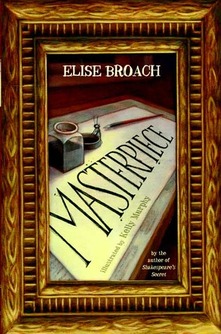
Masterpiece
About the Book: Marvin lives with his family under the kitchen sink in the Pompadays’ apartment. He is very much a beetle. James Pompaday lives with his family in New York City. He is very much an eleven-year-old boy. After James gets a pen-and-ink set for his birthday, Marvin surprises him by creating an elaborate miniature […]
See more
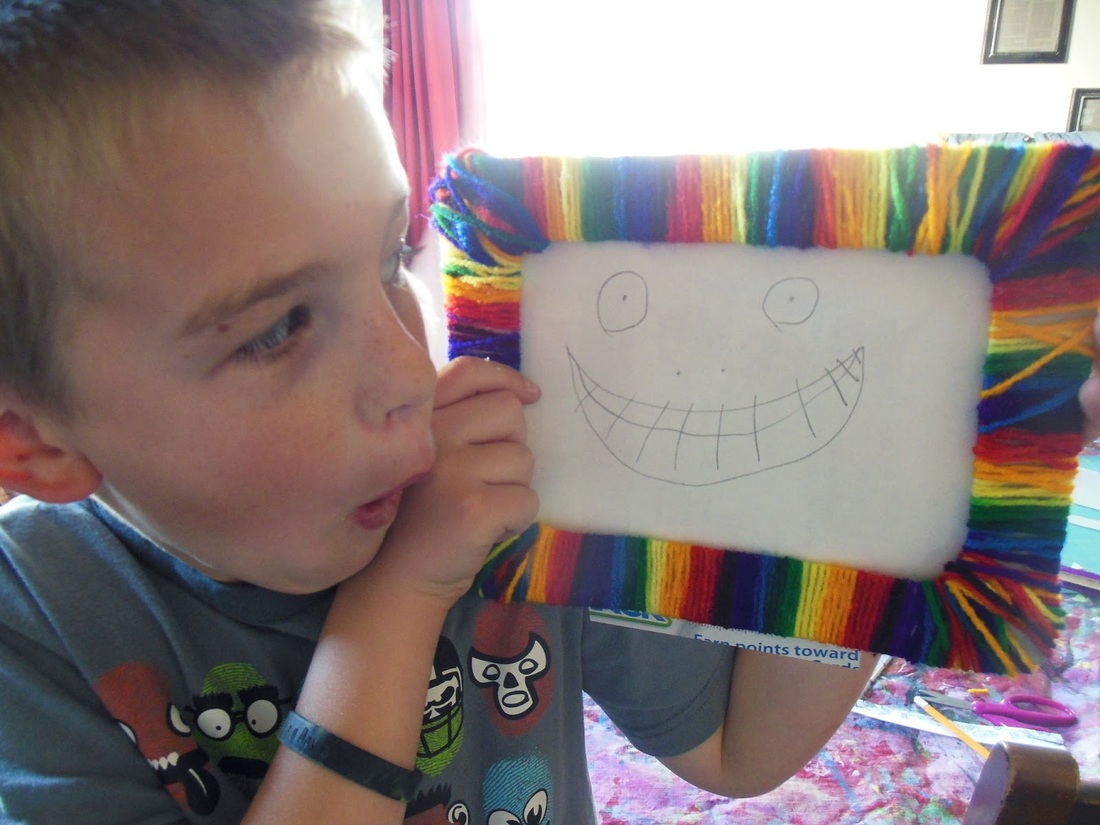
Yarn-Wrapped Frame
This week’s art activity was created by another one of my super-talented friends, Erin Shakespear. Erin is a writer and a craft expert and one of the funny, most warm people I know. Take it away, Erin! With a cool book like Framed being featured on Elaine’s awesome blog, it seemed fitting for this week’s art project to be a frame! […]
See more
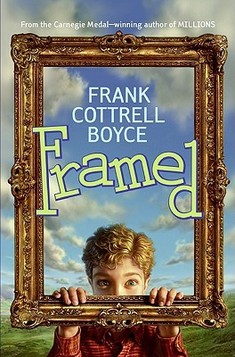
Framed
About the Book: A few things to know about Dylan: He is the only boy in his entire town—so forget about playing soccer. His best friends are two pet chickens. His family owns the world’s only gas station/coffee house—their pies are to die for, but profits are in the hole. Criminal instincts run in his family—his […]
See more
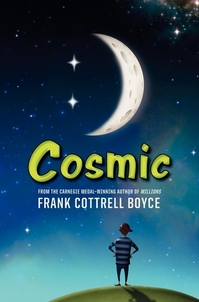
Cosmic
About the Book: Liam is too big for his boots. And his football strip. And his school blazer. But being super-sized height-wise has its advantages: he’s the only eleven-year-old to ever ride the G-force defying Cosmic rollercoaster – or be offered the chance to drive a Porsche. Long-legged Liam makes a giant leap for boy-kind by […]
See more

Exploration and Observation: Galaxy Art!
Jacob Wonderbar and his friends broke the universe and were afraid that they’d destroyed their own galaxy. You probably know that a galaxy is a big, big group of stars, and that the galaxy we live in is called the Milky Way. But let’s learn some more about galaxies and make our own galaxy art! There […]